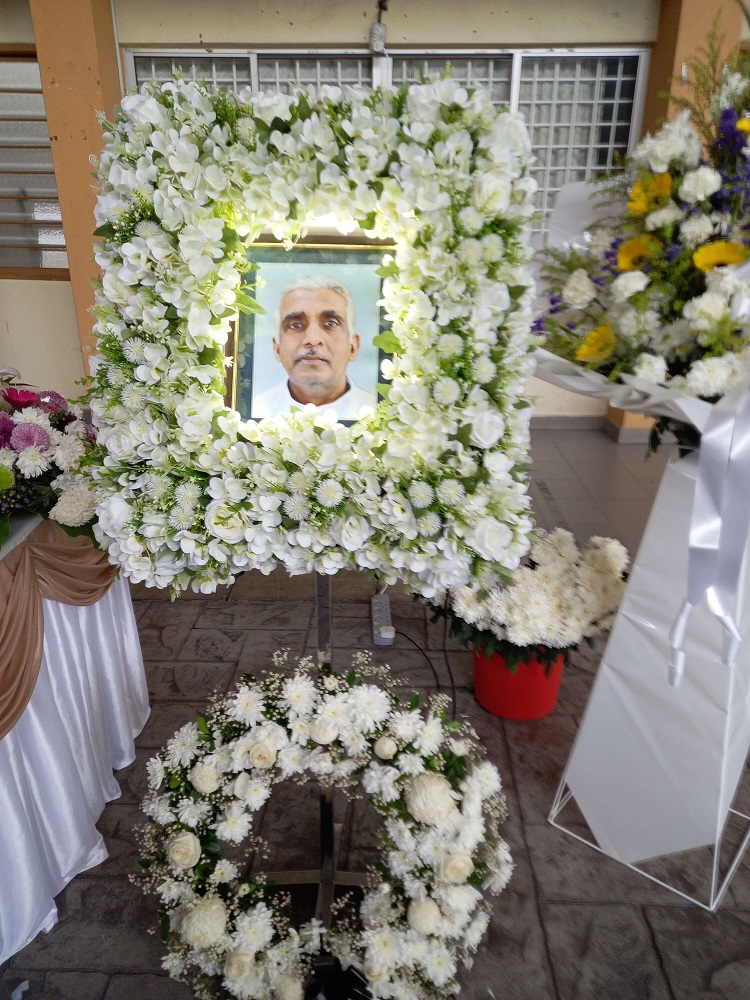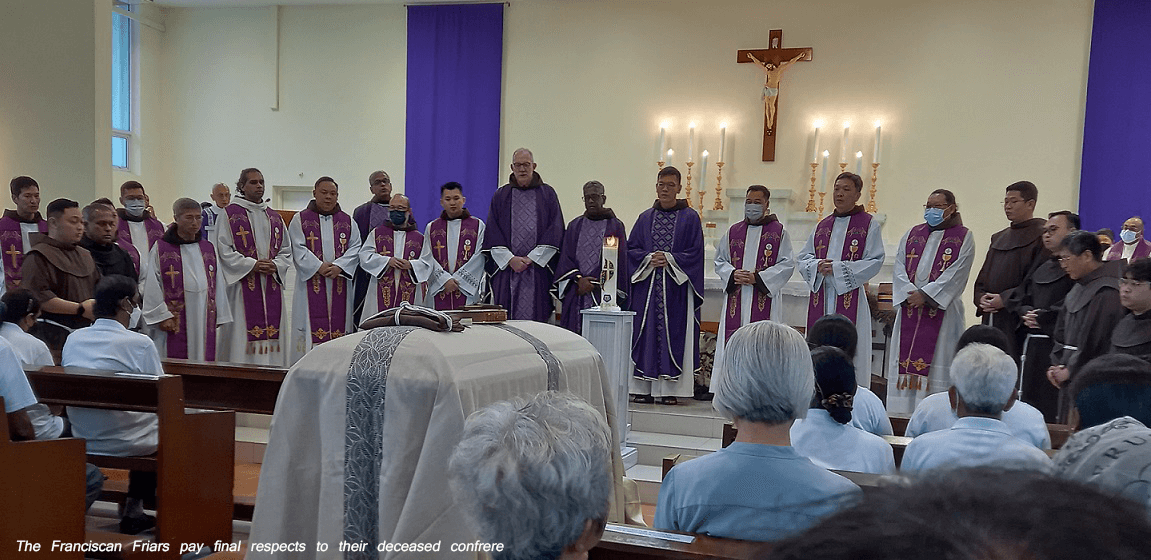This year’s 113th Plenary Assembly of the Catholic Bishops’ Conference…
Miri bishop blesses new chapel at Kg Nelayan Upper Kuala Bakam

MIRI – Around 250 faithful attended the blessing of the new Sts Peter and Paul Chapel at Kg Nelayan Upper Kuala Bakam here on 30 July 2017.
Bishop Richard Ng officiated the rite of blessing before Mass was celebrated. After the Mass, all adjourned outside for a dinner fellowship.
The faithful were from the Melanau community who make up six percent of the 2.63 million (2015) population in Sarawak.
Originally from Mukah (the 10th Administrative Division as launched in March 2002), the Melanaus traditionally lived in tall houses. Nowadays, they have adopted a Malay lifestyle, living in kampong-type settlements. Traditionally, Melanaus were fishermen and still today, they are reputed as some of the finest boat-builders and craftsmen.
While the Melanaus are ethnically different from the Malays, their lifestyles and practices are quite similar. This is especially the case in the larger towns and cities.The Melanaus were believed to originally summon spirits in a practice verging on paganism. Today most of the Melanaus are Muslims whilst some have converted to Christianity (especially around Mukah & Dalat areas). However, some still celebrate traditional animist festivals such as the annual Kaul Festival in Mukah District.
In 1980 the population of Sarawak was 1,233,103. The Melanau numbered was 69,578, of whom 53,689 were Muslim; 8,486 were Christian; 1,749 were tribal; and 5,328 were registered as having no religion, which in practice means they adhered to tribal religion(but were probably all tribal), and 326 were listed as miscellaneous.
Few reliable historical records of the Melanau exist before the nineteenth century, although European travellers and map-makers placed names not unlike “Melanau” on the northwest coast of Borneo. There are also probable references to the Melanau even earlier in Chinese records. The Coastal Melanau and the Kajang groups in the interior relate that their ancestors migrated from central Borneo and founded a Kajang kingdom from which the Coastal Melanau broke away. The Coastal Melanau believe that much of their culture and many of their institutions are derived from the legendary empire of the folk hero Tugau, who was overthrown in a struggle with Brunei. Some historians suggest that these events occurred in the fourteenth century, others, as early as the seventh. In 1861 the Melanau coastal district was ceded to James Brooke, the rajah of Sarawak, by the sultan of Brunei. – dioceseofmiri.blogspot.my



